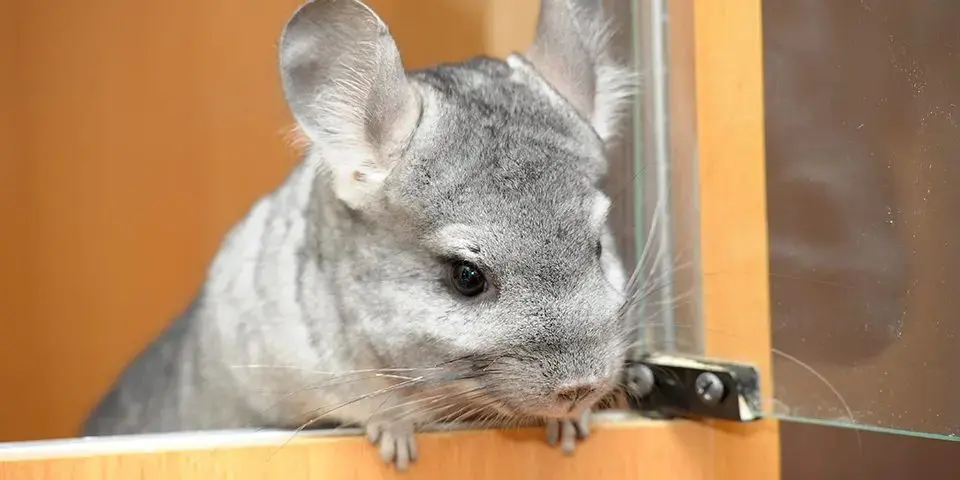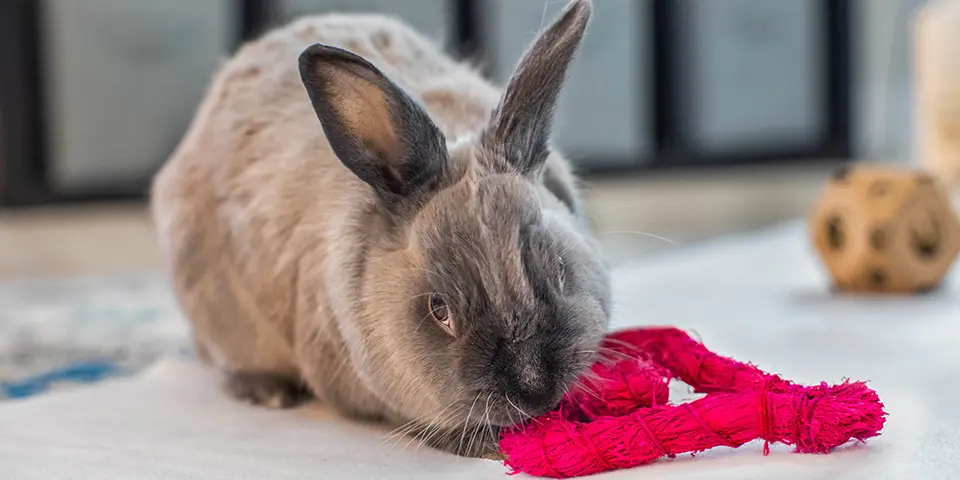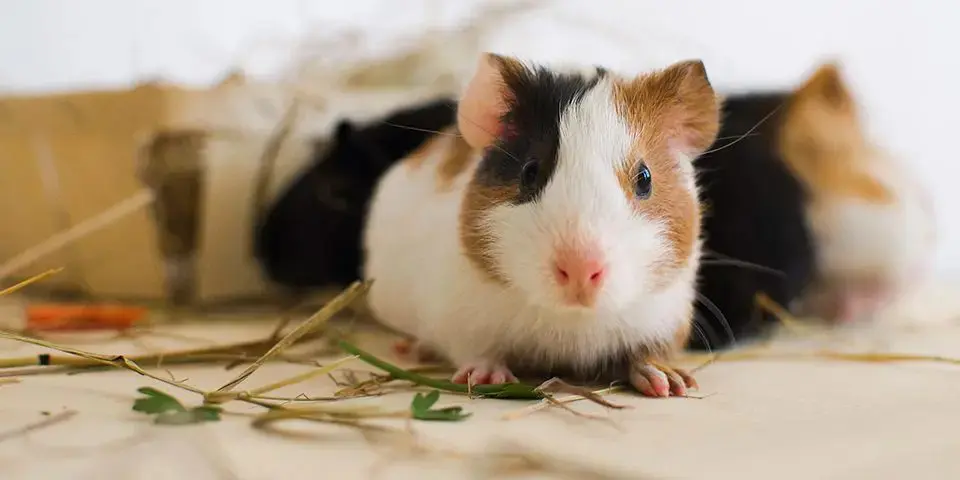Author: Kellie Hayden
Updated: August 12, 2024
If you’re a brand-new pet parent (or considering becoming one), you’ve likely asked many questions while thinking about the exciting new adventure you’re embarking on. How can you make sure your new pet is comfortable? When is it okay to start handling them?
In this article, we will provide some helpful tips on how to safely welcome a pet home.
Keep Noise Levels Down While They Adjust
When welcoming your new pet home, remember that they are entering an entirely new environment. For prey species, new environments can mean countless new things that could be perceived as threats. As a new pet parent, it is your job to help your pet to acclimate to your home’s sounds, smells, and sights in small increments over time.
Many pet parents find that their pets may startle and hide when there are strange sounds or sudden noises. Objects dropping to the ground, music, fireworks, or a loud TV can trigger this flighty behavior. Be conscientious during the first week your new pet is home, and do what you can to keep noise levels moderate. After a week has passed, make it a goal to slowly introduce normal noise levels.
Resist the Urge to Pick Up or Pet them Immediately
New pets are exciting, but it’s essential to put their best interest ahead of your personal enjoyment. While your pet is adjusting to your home—and while you are working on building trust between each other—it is best to not attempt picking them up and snuggling with them. Instead, interact with your pet in small ways, such as offering them a healthy treat or hand-feeding them their daily leafy greens or veggies.

Get to Know Your Pet
Introductions with exotic companion mammals aren’t just a singular event. Your goal with your new pet should be to build a trusting relationship, and building this trust takes many consistently positive interactions.
When introducing yourself to your pet, always offer them species-safe foods. This can be a small treat, but can also include a tasty-looking leaf or seed head from their hay if they’re an herbivore. Chances are, your pet may already be hiding, or may run to the safety of their hideout when you approach their enclosure. Offer the food at the opening of the hideout, and they may take it.
Don’t get discouraged if they don’t take the food you offer! You can try a few more times with other food items to learn if your pet has any unique preferences. If they do not accept any food, they may not be ready for interaction yet—and that’s okay! Some pets take longer to adjust to interacting with their humans than others. It’s important that you remain patient.
Provide Easy, Ample Access to Food, Water, and Shelter
While enriching options for foraging for food and hay will provide your pet with hours of fun in the future, now is not the time to provide any type of puzzle or challenge for food access.
- Offer fortified food in an easy-to-reach bowl
- Provide ample amounts of fresh hay in an easy-to-use hay feeder, as well as in various locations on the floor near their hideout
- Make sure water is available and visible near the opening of your pet’s hideout
Keep a Close Eye on What Goes in (and out)
Adjusting to a new home can be more stressful for some individuals than others. Depending on your pet’s stress level, this can sometimes result in not eating or drinking enough food or water. During this adjustment period, closely watch how much food and water your pet is eating and drinking.
Similarly, watch your pet’s output—meaning how much urine and feces they are excreting. If you suspect your pet is not eating, drinking, or eliminating enough, it might be time to further adjust your pet’s environment to ensure they’re comfortable enough to eat and drink. Ensure that your herbivore doesn’t go without without accessible hay and water for any period of time during this adjustment stage, as that can lead to a serious condition called GI stasis.
If their condition does not improve quickly, your pet will need to be seen by an exotics-savvy veterinarian.

Schedule a Wellness Exam with an Experienced Exotics Veterinarian
While your pet may appear (and likely is) perfectly healthy now, it’s critical for your pet to have a wellness exam at least once a year. This not only helps catch health issues before they have a chance to get worse, but also gives you the opportunity to build a long-term professional relationship with a veterinarian, who may see your pet as a patient for the entirety of your pet’s life.
View the Association of Exotic Mammal Veterinarians’ website if you do not yet have an exotics vet appointment lined up.
Don’t Overdo it on Treats, Fruits, or Veggies
As much as we all want to shower new pets with an abundance of treats, large amounts of these delectable foods may cause GI upset. Make sure to introduce any new foods in small amounts, especially when it comes to fruits, which are very high in sugar. Treats should only make up a small percentage of your pet’s daily diet.
Plan to Transition Your Pet’s Diet
Depending on where your pet came from, you may make the decision to change the brand or type of food you plan to offer. Your pet’s digestive system is used to a certain formulation of ingredients, and this warrants a careful diet transition from one type of food to another, as sudden changes to their diet can result in digestive upset or picky eating behaviors.
If possible, make sure to have some of your pet’s old food on hand to help you transition them effectively from their old diet to their new diet.

Just like people, exotic companion mammals all have individual preferences and personalities. You may find that your pet adjusts to your home quickly, or you may find that your pet is slower to adjust to their new home.
Patience is key during this transition—keep in mind that in coming home with you, your little one’s entire world has changed. When given the time and proper encouragement, your small pet will adjust to their surroundings and enjoy their life in their new home.
